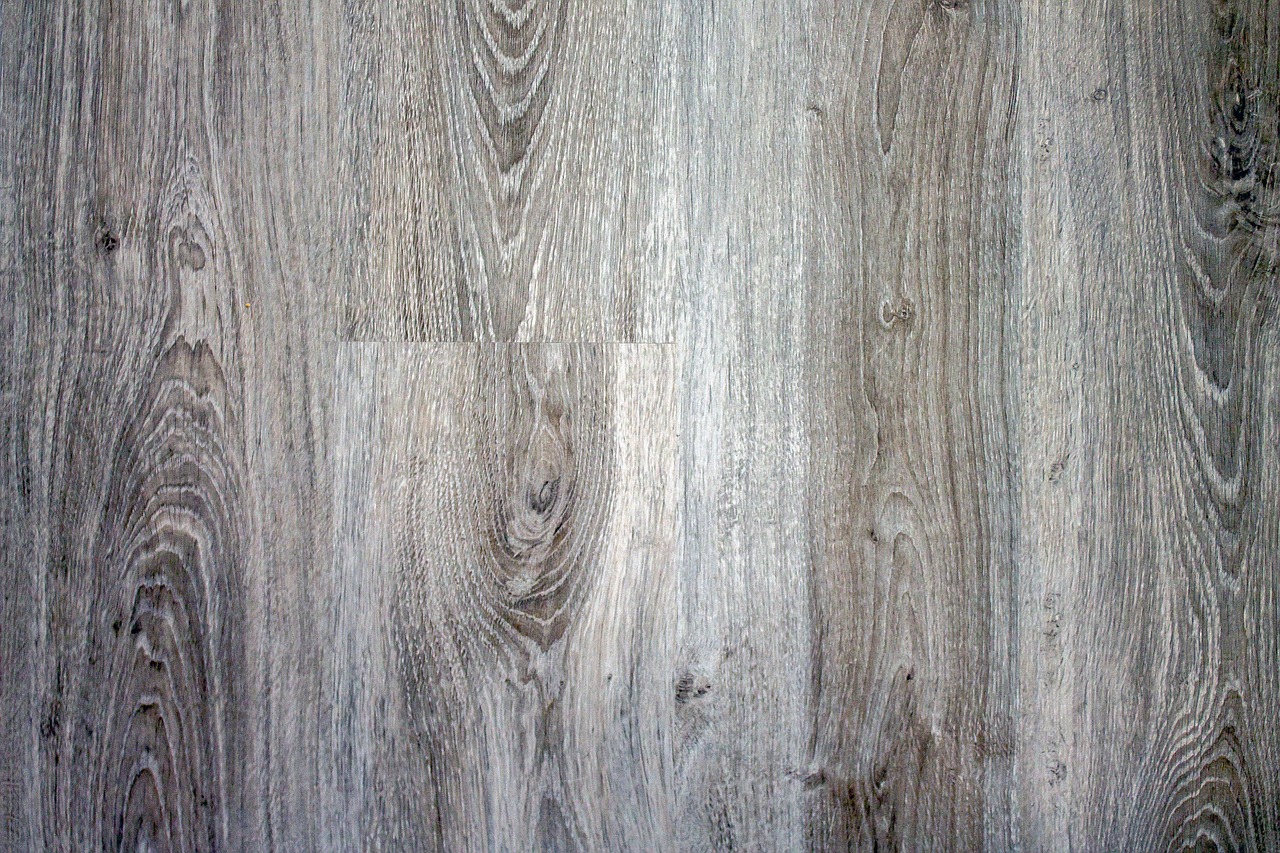With lots of people these days getting interested in DIY, you may find yourself trying to tackle laminate flooring installation on your own. That’s not really too difficult, but you may want to get yourself a manual laminate floor cutter to cut and trim your laminate planks. Luckily for you, using a manual laminate floor cutter isn’t really all that difficult.
What’s a Manual Laminate Floor Cutter?
This is a rather specialized tool specifically designed for cutting laminate planks. There are various models available, especially online, and they may have some differences in designs and features. But they all work basically the same way. In general, they all look like larger versions of a standard paper cutter.
How Do You Use a Manual Laminate Floor Cutter?
You use this machine in much the same way you’d use a regular paper cutter. You make sure that you align the plank so you cut right where you want to. Then you bear down on the lever with the cutting blade, and the force will just cut the laminate plank. It’s really that easy.
Advantages of a Manual Laminate Floor Cutter
It’s true that you can always use other tools to cut your laminate planks. Other tools you can use include a jigsaw, a circular saw, a table saw, or a Dremel Trio tool.
But you may want to consider just getting a specially-designed manual laminate floor cutter instead to do the job. That’s because there are certain advantages you surely can’t ignore.
- It’s easy to buy. These things aren’t all that expensive, and many models cost less than a hundred bucks. You can just order one online.
- It’s extremely easy to use. You must have come to this conclusion yourself, if you’re reached this point of the guide. There’s no extensive reading of the manual required, and no settings to adjust. Just set the plank where you want to cut it, and plunge down and cut. You don’t even need to be an experienced DIY enthusiast to use this machine.
- It’s also extremely safe. Sure, you do need to make sure that no part of your anatomy is right under the blade when you bear down the cutting lever. But surely, you’re old enough to know that. Other saws are more dangerous, especially the electric saws with the rotating blades.
- You don’t need a power outlet. It’s a manual model, so you can use it anywhere.
- There’s no dust. If you’re used to cutting planks with saws, you know how you always have to deal with dust afterwards. Even with a dust bag for you saw, some of the dust still escape. But there’s just no dust when you’re using a manual laminate floor cutter. That means you don’t need to do anything for cleanup afterwards.
Potential Drawbacks
Is the manual laminate floor cutter perfect? Unfortunately not, so you need to be prepared for certain issues that may come up.
- While they’re easy to find online, these tools aren’t all that common in local hardware stores. So you may not be able to try one in person until you buy it.
- It’s a tool meant mainly for cutting laminate flooring, and not much else. That means it’s limited regarding the materials you can use it on, and that may make these tools somewhat expensive in retrospect.
- Also, the manual laminate floor cutter is generally just for crosscuts. It’s not really meant for ripping.
- It’s not really cheap if you’re a professional laminate flooring installer. Some of these machines cost more than $500.
Other Tools You’ll Need
It’s very rare that you’ll only use a manual laminate floor cutter on its own. If you’re using it on a DIY project, then it’s a very good idea that you make sure you’ll have other tools you’ll probably need as well.
- Tape measure. You’ll certainly need this one to make sure you’re cutting to the right length and width. Get a tape measure that pulls out and returns properly without any issues.
- Marking pencil. It’s best if you get a pencil (or a pen) with a fine point for more accurate cuts.
- Combination square. You’ll need this when cutting your laminates to width, as you’re able to use this to quickly mark parallel lines.
- Jigsaws. You’ll need this tool to make odd cuts to deal with obstacles like pipes and poles. If you don’t already have a manual laminate floor cutter, you can even use a jigsaw to do the job. Just make sure you put in a blade that’s specifically for cutting laminate.
- Profile gauge. This will help you create the pattern you need for odd cuts. This tool replicates the exact cut shape you want.
- Coping saw. This is for very delicate cuts that leave a thin laminate piece around some sort of obstacle.

